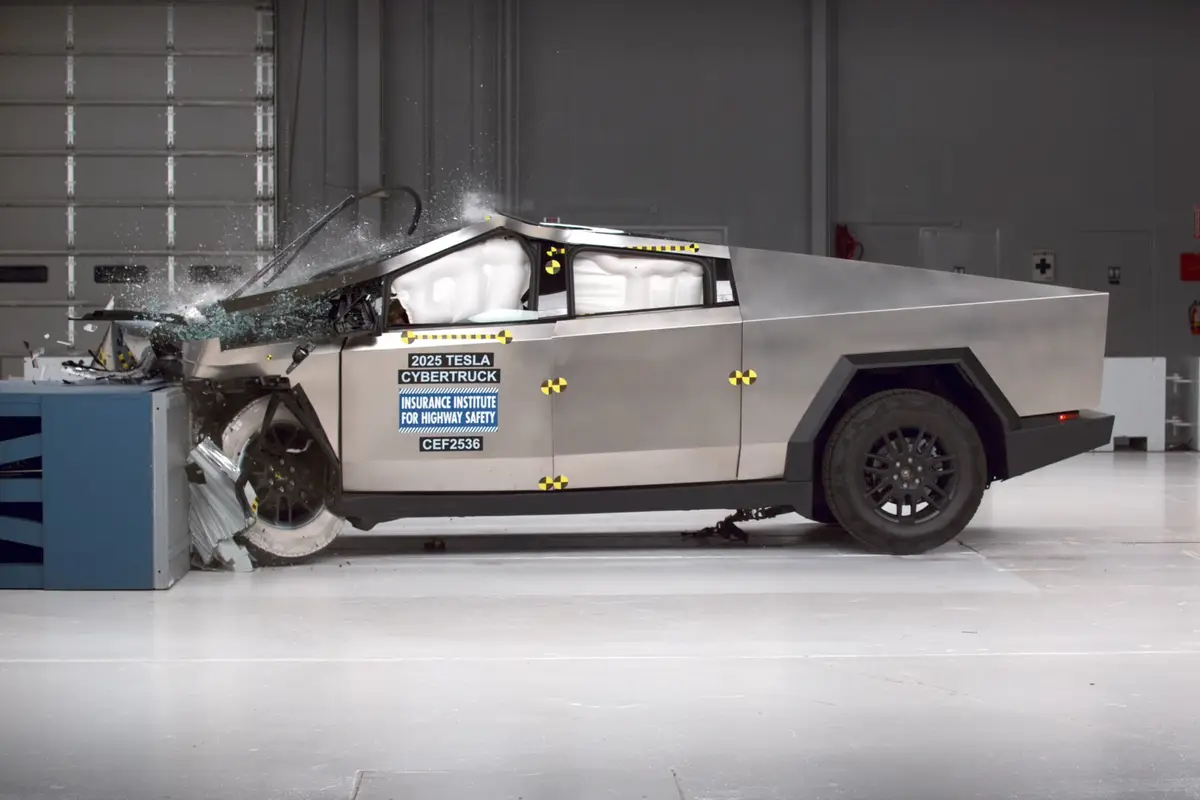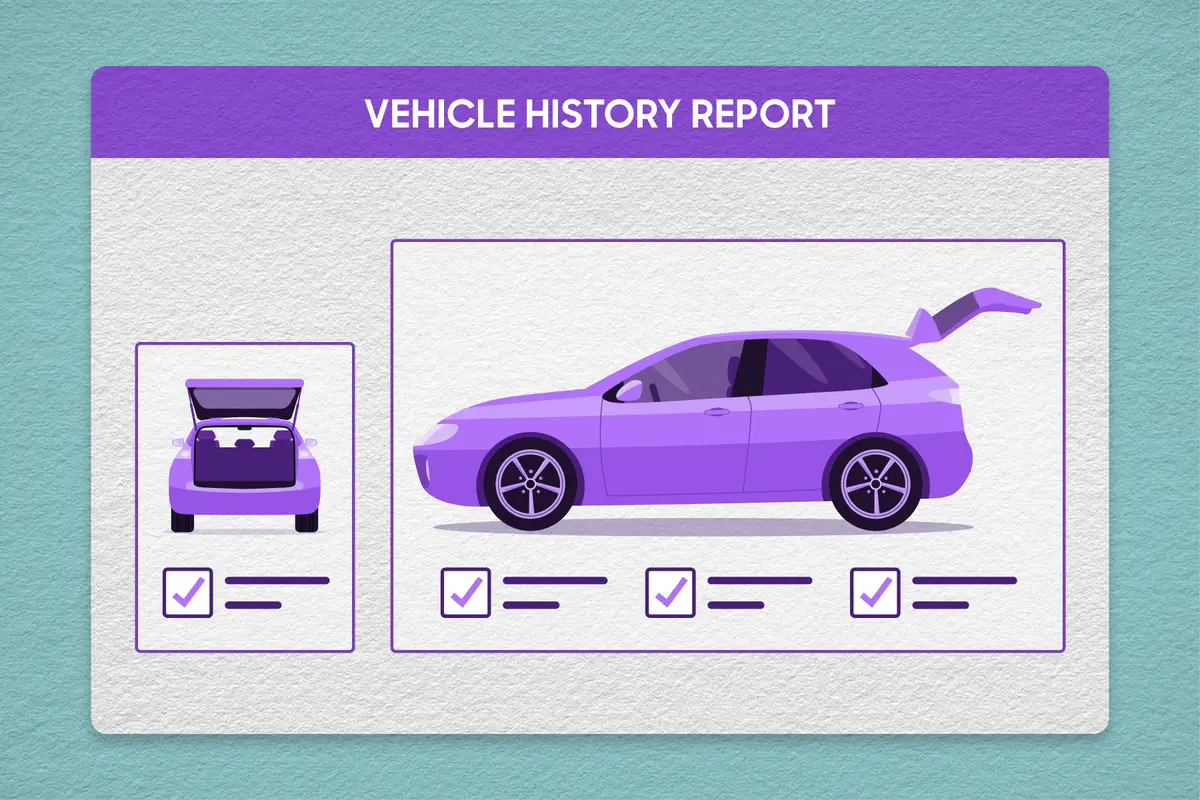PickupTrucks.com's view
No question Isuzu is on the last drops of a life support tube from General Motors. The only two new vehicles available at the country’s 300 Isuzu dealerships are the Ascender, which is a rebadged Chevy Trailblazer, and the i-280/1-350 pickups, which most people think are knockoffs of the Chevy Colorado.
In reality, the Isuzu came before the Colorado. For the first two months of 2006, Isuzu sold fewer than 800 vehicles, and that includes a few leftover Axioms and Rodeos. Pickups made up 283 of those sales, but the Isuzu trucks are not the lowest selling pickup of the year. Believe it or not, somewhere in the back row of a dealership lot four customers found that perfect 2003 Chevy S-10 they’ve desperately been seeking the past three years. But what’s harder to believe is that Subaru is selling more pickups than the Isuzu right now.
The sad note to this pending eulogy is that the Isuzu pickups have a couple of noticeable advantages over the Colorado and should draw more attention. And truck customers should know that Isuzu was the lead engineer in the partnership with GM that developed the new GMT 355 platform, which serves the Colorado and GMC Canyon. Isuzu was responsible for packaging, interior design, establishing the quality and cost targets, tech specs and structure of the new truck. Isuzu and GM shared responsibility for styling and common component design. In 2001, the teams started individual programs and developed separate powertrain strategies.
Isuzu got a big jump on Chevy and GMC, releasing its Thailand-built version foreign called the D-Max in Thailand in May of 2002. GM’s siblings weren’t introduced until August 2003. The D-Max sold more than 100,000 units in Thailand its first year and now commands 40 percent of the Thai pickup market. What a difference a few thousand miles makes. Of course, the D-Max is available with five engine choices in Thailand, including three turbo diesels.
In the US, there are only two choices for the Isuzu pickup. The i-280, which is an entry-level 4-cylinder, 2-wheel-drive extended cab, and the i-350, a mid-level 4WD crew cab powered by the inline-5 engine. Very few options are offered for either model, which are built along side the Chevy/GMC trucks in GM’s Shreveport, Louisiana, assembly plant.
The i-350 LS is basically a 4WD Chevy Colorado with the LT2 trim level and a few options. Overall it’s a well-balanced package with locking differential, side-curtain airbags, ABS, CD player, air conditioning, leather-wrapped steering wheel, bucket seats, automatic transmission, power mirrors/locks/windows and a fullsize spare as standard equipment. The optional Limited package costs just over $1,800 and features leather seating, 6-disc CD changer, power/heated front seats and sliding rear window.
Our test truck was the i-350 LS with a MSRP of $27,358. The only option was a bedliner at $278. Total sticker with destination: $28,297.
The most noticeable difference between the i-350 and the Colorado is the different looking grille. The Colorado we tested had a diamond-mesh texture split by the familiar bar and Bow Tie logo. The i-350 has an egg-crate foundation accented by bold chrome bars. The double-deck headlights common to both trucks force an unfortunate handicap on the Isuzu. The grille crossbar and the headlamp dividers are offset. On the Colorado, the cross bar stretches smoothly between headlamps.
The Isuzu has a grille surround that includes the dividers between the headlamps, but the grille crossbar doesn’t match up. Take a few seconds to look up the Isuzu D-Max on the Internet and you’ll find a wider grille and taller headlights for a cleaner, integrated if not luxurious look that is much sharper than the Colorado or even GMC Canyon. Are you starting to get the picture why the foreign Isuzu pickup is doing better than the American version? Three diesels, nice looking front end.
The only major advantage the i-350 has over the GM siblings is a 7-year/75,000-mile powertrain limited warranty and a 3-year/50,000-mile basic. The GM pair have the standard 3-year/36,000-mile warranties. Isuzu Roadside Assistance is offered at no charge.
There isn’t much else to report that PUTC hasn’t already discussed in numerous previous articles on the Chevy Colorado and GMC Canyon. The i-350 platform was the first of four new midsize trucks that came out within about a year of each other and trails in many performance categories, especially where customers like to shop by the numbers.
The I5 engine is down on horsepower compared to the Toyota Tacama, Dodge Dakota and Nissan Frontier, and it suffers from lack of a 5-speed automatic. The i-350 and GM siblings have a max towing capacity of just 4,000 pounds. The competition is over 6,000 pounds. Since Isuzu was instrumental in the GMT355’s development, the company has to assume some of the responsibility for this misstep. The official explanation from GM has been that midsize truck owners aren’t going to tow heavy items; just small boats, personal watercraft and dirt bikes. So why not relax the suspension for a better ride instead of stiffening it up for heavy loads? The strategy is perfect logical and fairly well executed but unfortunately fails miserably as a marketing tool.
As best as we can find on the Internet, one of the turbo-diesel D-Max trucks boasts a 7,000-pound towing capacity. I’m not sure if the Isuzu diesels meet US emissions standards, but here’s a perfect opportunity for GM to take bold step and introduce a newsworthy upgrade to the GMT355 trucks. Problem is, would the US truck buyer pay extra for a diesel in a compact truck?
The compact/midsize market continues shifting toward the imports, although the early strength of the Ranger is unexpected. Perhaps the low price point is grabbing all the budget buyers and fleets early in the year. But the new Tacoma is selling twice as many vehicles as its nearest competitor. All totaled, there were 85,382 compact/midsize pickups sold in the first two months of 2006, according to our chart. That’s down from 87,827 from Jan-Feb 2005. But import brands accounted for 48,567 of those units for 57 percent share in 2006. Last year, imports made up only 39% of the total compact/midsize share through the same two months. Granted, the Isuzu, Mazda and Mitsubishi models are rebranded American trucks but take out those units and the numbers don’t shift much. Truck buyers are flocking to Honda, Nissan and Toyota.
With Nissan keeping a sturdy posture in the fullsize pickup market and the pending release of the new Toyota Tundra, we wonder if Detroit truck makers are focusing all their talents and resources on protecting their big trucks. The compact truck market is declining, mostly due to incentives in the fullsize trucks that bring prices down so close to the small trucks. But it remains a sizeable market and one that Detroit shouldn’t give up on.
Latest news



